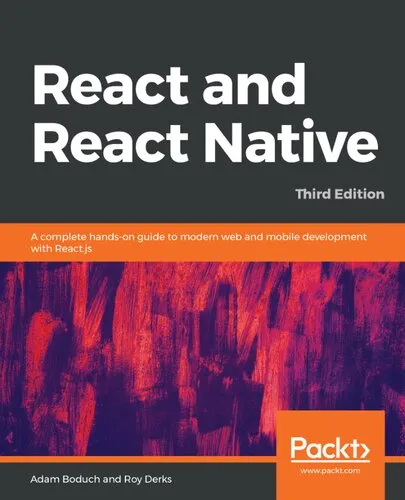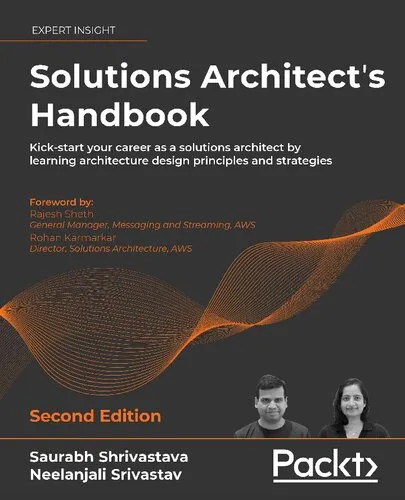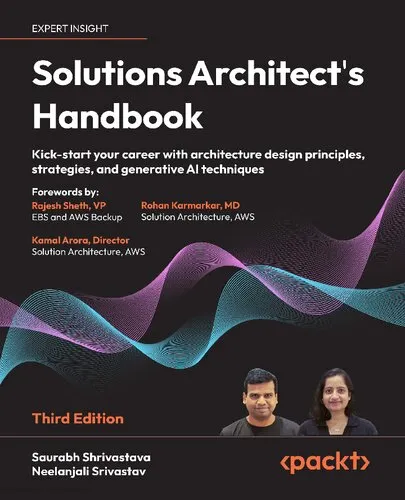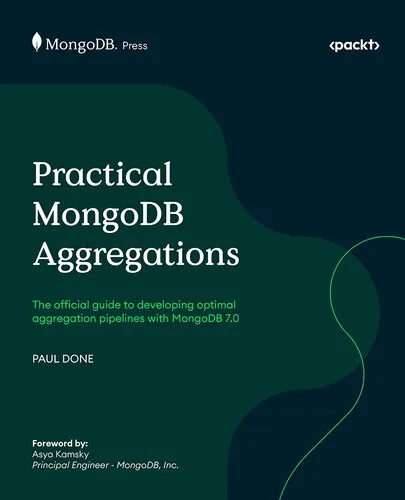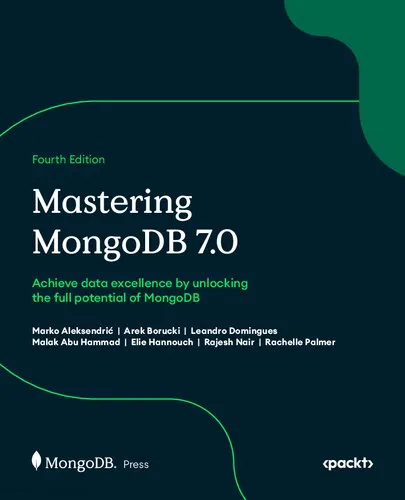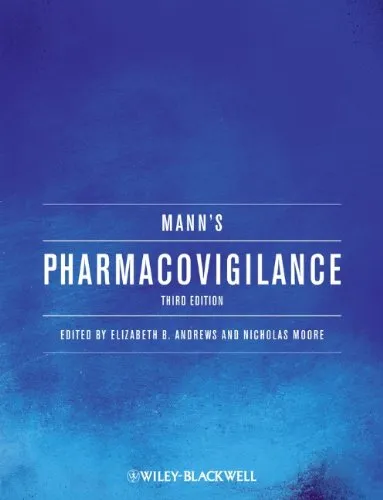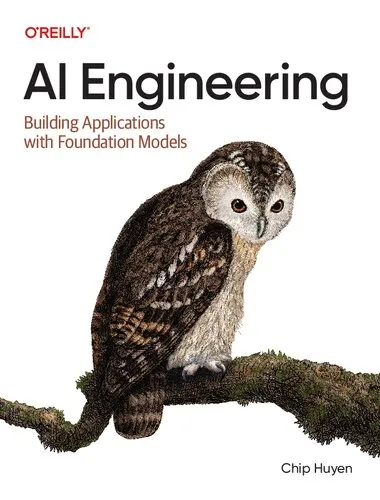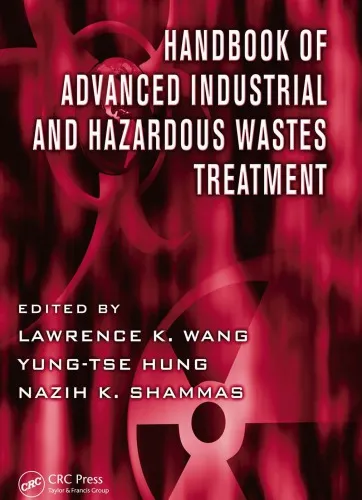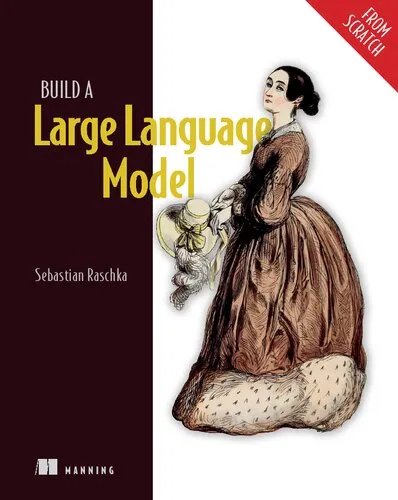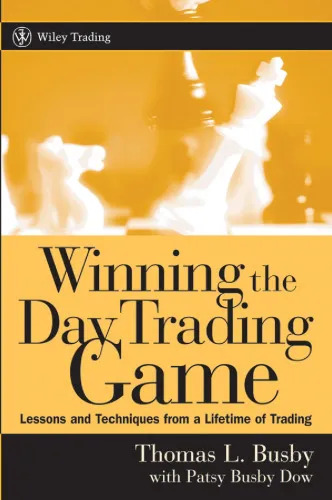Journal of Hazardous Materials
4.7
Reviews from our users

You Can Ask your questions from this book's AI after Login
Each download or ask from book AI costs 2 points. To earn more free points, please visit the Points Guide Page and complete some valuable actions.Related Refrences:
Analytical Summary
The Journal of Hazardous Materialspp.1751—1757 stands as an in-depth scholarly work dedicated to exploring complex issues related to hazardous materials and their impact on environment and human health. This section of the journal encapsulates research aimed at advancing our understanding of chemical hazards, environmental toxicity, and the mitigating technologies designed to manage risk. Authored by M. Mohapatra, K. Rout, P. Singh, S. Anand, S. Layek, H.C. Verma, and B.K. Mishra, it draws from rigorous methodology and cross-disciplinary collaboration to produce actionable knowledge for academics, industry professionals, and policymakers.
The research presented in these pages fuses environmental science with engineering principles, carefully dissecting mechanisms of hazardous waste generation, transportation, and safe disposal. By focusing on data-backed evidence, the work bridges the gap between theoretical frameworks and applied practices in hazardous waste management. The authors employ case studies, experimental data, and comparative analysis, ensuring that readers receive both a macro and micro-level view of the subject matter. While certain publication specifics such as the exact year are information unavailable due to no reliable public source, the intellectual content remains timeless in its relevance.
An analytical lens is applied not just to empirical results but to the discourse surrounding regulatory frameworks, community health, and sustainable mitigation strategies. This makes the journal segment a vital piece in the broader scientific conversation, securely positioning it as a trusted reference point for further research and professional application.
Key Takeaways
Readers will derive multiple benefits and insights from this section of the journal, each aimed at deepening their expertise in hazardous waste management.
First, the investigation offers detailed methodologies that can be adapted for diverse contexts, whether in industrial processes or community-level environmental monitoring. Second, the juxtaposition of environmental risk assessment with cutting-edge mitigation technology provides actionable knowledge for practitioners seeking real-world solutions. Third, the research reinforces the importance of cross-disciplinary approaches, integrating chemistry, environmental engineering, and public health perspectives.
The emphasis on sustainable strategies demonstrates a forward-looking stance, encouraging an ongoing dialogue about how to balance technological innovation with ecological responsibility. In a rapidly changing global landscape, such balanced approaches are indispensable for long-term success in hazardous materials management.
Memorable Quotes
"Effective management of hazardous materials requires both innovation and unwavering commitment to safety." Unknown
"Environmental risk assessment is not optional—it is the foundation for sustainable living." Unknown
"Science must serve society, especially when lives are at stake due to chemical hazards." Unknown
Why This Book Matters
The relevance of the Journal of Hazardous Materialspp.1751—1757 cannot be overstated in a world facing escalating environmental challenges.
This scholarly work provides critical insights into how hazardous waste impacts ecosystems, economies, and public health. Through evidence-based recommendations, it guides those tasked with policy-making and industrial oversight toward safer, more effective practices. The synergy between the secondary themes—hazardous waste management and environmental risk assessment—underscores the need for integrated strategies. Every piece of research here offers a cornerstone for constructing knowledge that can drive significant improvements in environmental stewardship.
For academics, this journal section serves as a foundation for further exploration. For professionals, it acts as both a guide and a benchmark. The authors' balanced approach ensures that theoretical insights translate into practical benefits, enhancing both the credibility and utility of the work.
Inspiring Conclusion
The Journal of Hazardous Materialspp.1751—1757 is more than an academic contribution—it is a call to action for anyone deeply invested in the future of our planet.
With its blend of rigorous science, practical solutions, and balanced discourse, this work empowers readers to engage thoughtfully and proactively in hazardous materials management. By internalizing its lessons, practitioners and scholars alike can foster safety, sustainability, and innovation in their respective fields. Now is the time to read, share, and discuss this pivotal research, ensuring that the knowledge disseminated here continues to inspire safer environmental practices globally.
Free Direct Download
You Can Download this book after Login
Accessing books through legal platforms and public libraries not only supports the rights of authors and publishers but also contributes to the sustainability of reading culture. Before downloading, please take a moment to consider these options.
Find this book on other platforms:
WorldCat helps you find books in libraries worldwide.
See ratings, reviews, and discussions on Goodreads.
Find and buy rare or used books on AbeBooks.
1113
بازدید4.7
امتیاز0
نظر98%
رضایتReviews:
4.7
Based on 0 users review
Questions & Answers
Ask questions about this book or help others by answering
No questions yet. Be the first to ask!

